Rising Demand from Automotive Sector
The automotive sector in Europe is experiencing a notable surge in demand for industrial rubber products, driven by the increasing production of electric vehicles (EVs) and the need for lightweight materials. As manufacturers strive to enhance fuel efficiency and reduce emissions, the use of advanced rubber compounds in tires, seals, and gaskets becomes essential. In 2025, the automotive industry is projected to account for approximately 30% of the total consumption of industrial rubber in Europe. This trend indicates a robust growth trajectory for the industrial rubber market, as automotive companies seek innovative solutions to meet regulatory standards and consumer expectations.
Infrastructure Development Initiatives
Infrastructure development initiatives across Europe are significantly influencing the industrial rubber market. Governments are investing heavily in transportation, energy, and urban development projects, which require durable rubber materials for various applications, including road construction, bridges, and public transport systems. In 2025, it is estimated that infrastructure projects will drive a demand increase of around 25% for industrial rubber products. This growth is likely to be fueled by the European Union's commitment to enhancing connectivity and sustainability, thereby creating a favorable environment for the industrial rubber market to thrive.
Emerging Applications in Renewable Energy
The renewable energy sector is emerging as a significant driver for the industrial rubber market in Europe. As the region shifts towards sustainable energy sources, the demand for rubber components in wind turbines, solar panels, and energy storage systems is expected to rise. In 2025, the renewable energy sector could account for around 10% of the industrial rubber market, reflecting the growing integration of rubber materials in energy-efficient technologies. This trend suggests a potential for growth as manufacturers explore new applications and develop specialized rubber products tailored for the renewable energy industry.
Regulatory Compliance and Safety Standards
Regulatory compliance and safety standards are becoming increasingly stringent in Europe, impacting the industrial rubber market. Manufacturers are required to adhere to various regulations concerning material safety, environmental impact, and product performance. This trend compels companies to invest in high-quality raw materials and advanced manufacturing processes to ensure compliance. In 2025, it is anticipated that approximately 20% of the industrial rubber market will be driven by the need for compliance with these regulations, as businesses strive to maintain their market position and avoid penalties. This focus on safety and compliance is likely to foster innovation within the industry.
Growth in Medical and Healthcare Applications
The medical and healthcare sectors in Europe are increasingly adopting industrial rubber products, particularly in the manufacturing of medical devices, seals, and tubing. The ongoing advancements in healthcare technology and the rising demand for high-quality, biocompatible materials are propelling this trend. In 2025, the healthcare industry is expected to represent about 15% of the industrial rubber market, reflecting a growing recognition of the importance of reliable and safe materials in medical applications. This shift indicates a promising opportunity for manufacturers to innovate and cater to the specific needs of the healthcare sector.


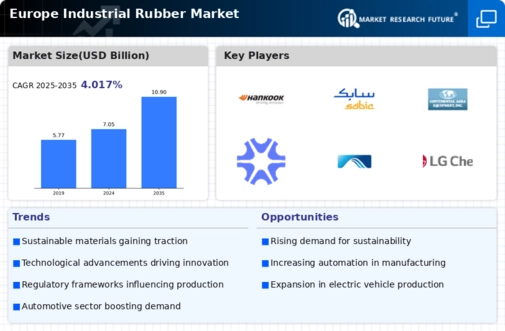
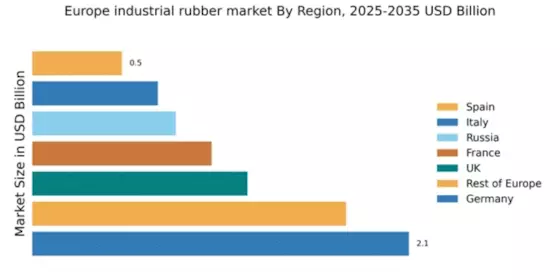
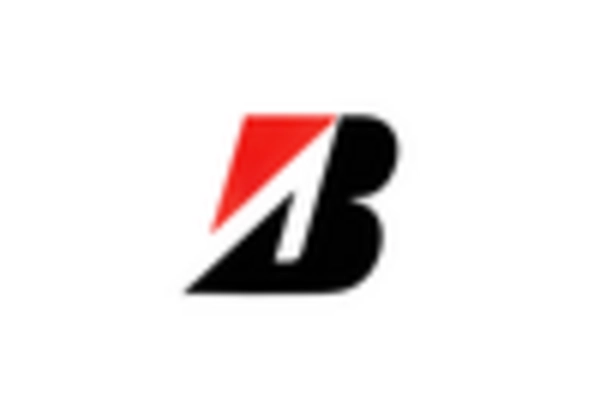
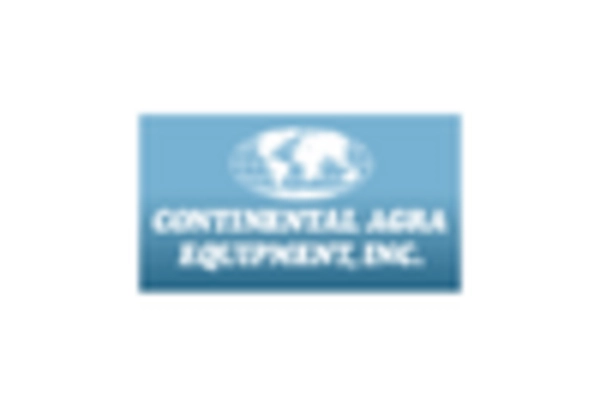
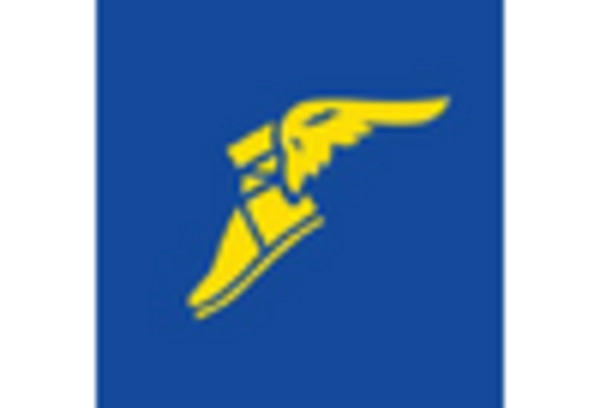
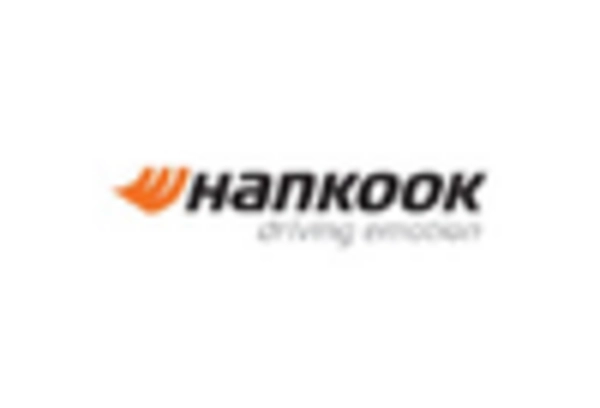
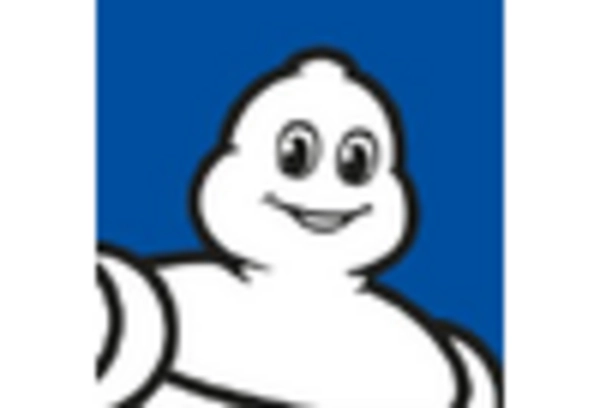
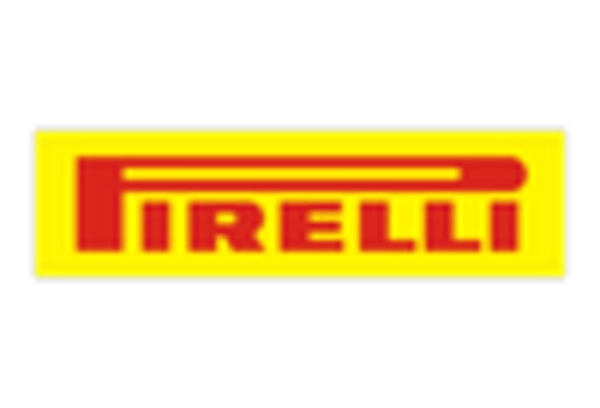








Leave a Comment